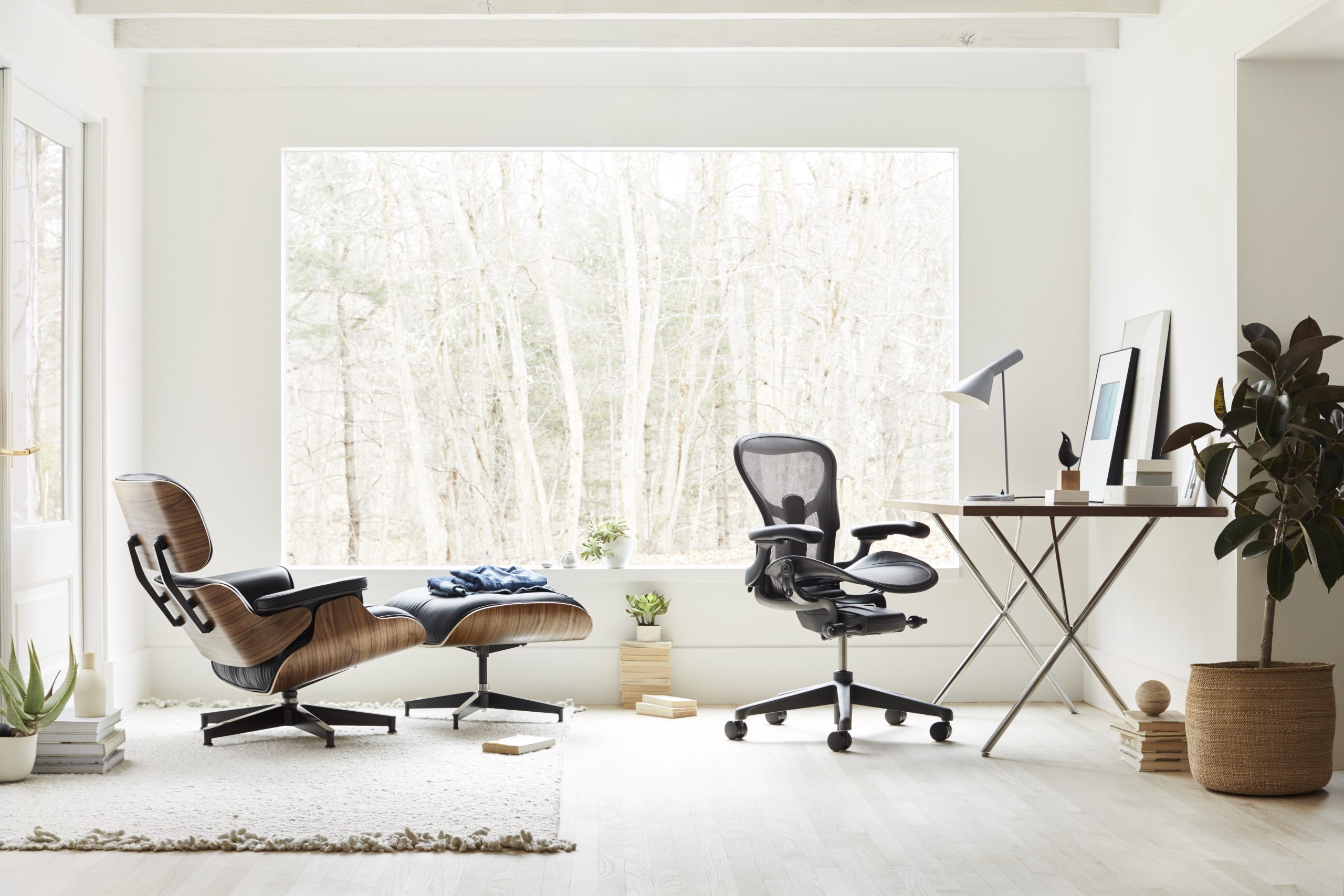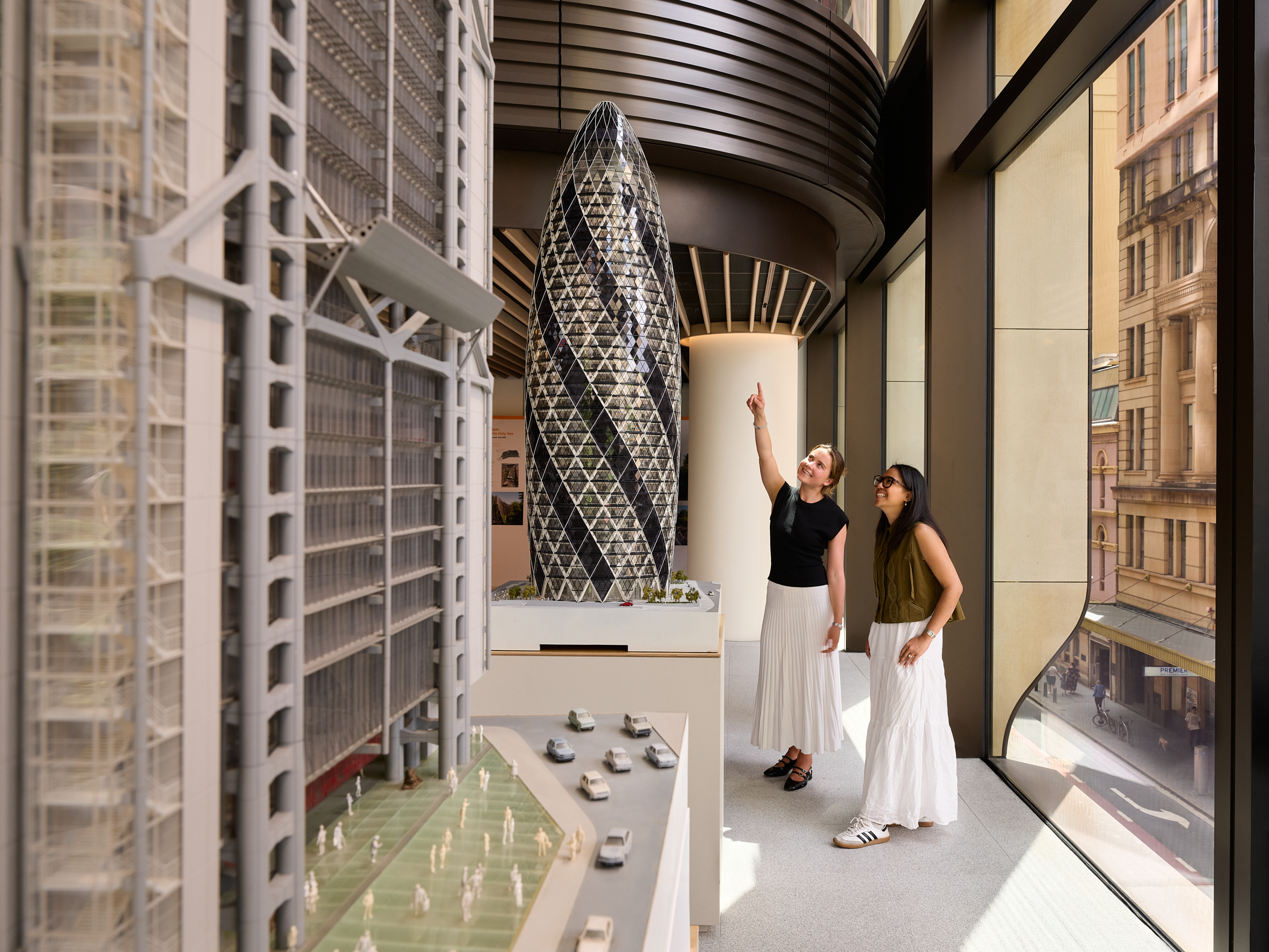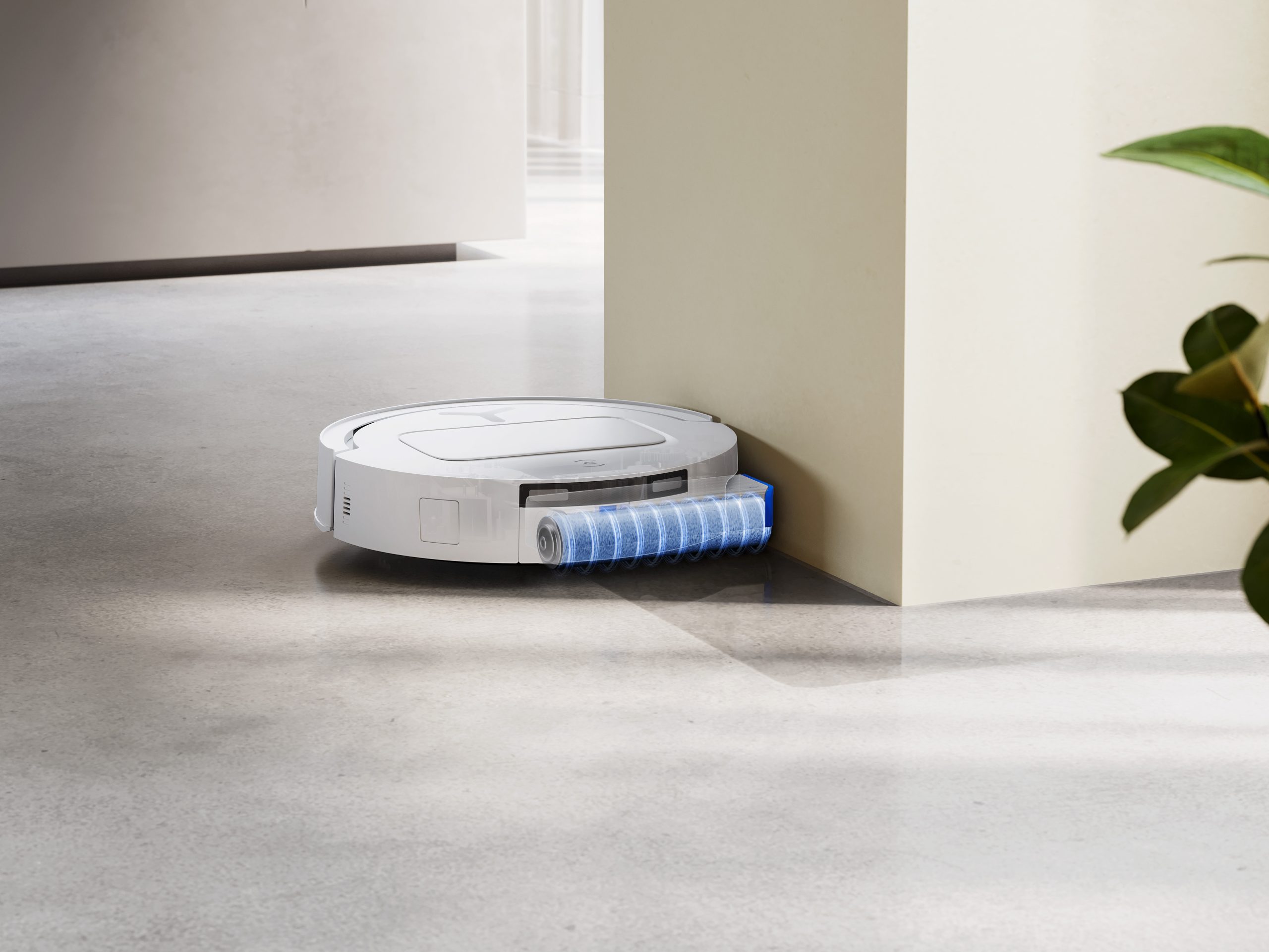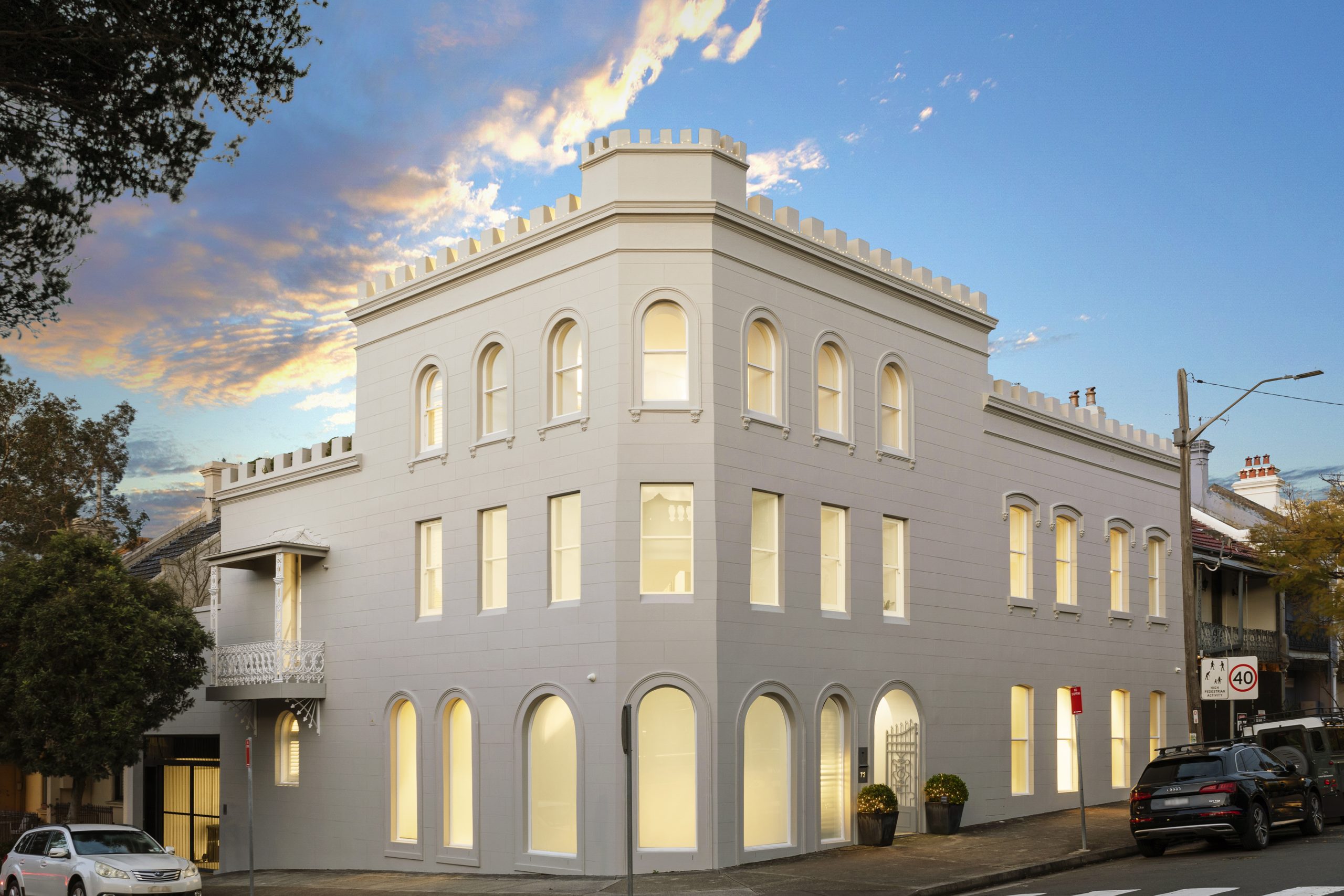Why furniture from this 100-year-old design firm is still a good investment
There’s hardly an office or a home that has not been touched by the Herman Miller design legacy
If there’s a lesson to be learnt from working from home, it’s that the benefits of the ergonomic chair are real. And we have a man called Bill Stumpf to thank. A key designer with iconic American furniture manufacturer Herman Miller, he joined in the early 1970s tasked with designing furniture for the modern office.
The chairs Stumpf designed, including the Aeron – the office chair by which all others are now judged – join a long line of exemplar designs from Herman Miller, which celebrates its centenary this year.
Founded in 1923 when DJ De Pree bought the Star Furniture company and renamed it in honour of his father in law, Herman Miller started to hit its stride as a business in the 1940s when De Pree found himself in need of a new design lead.
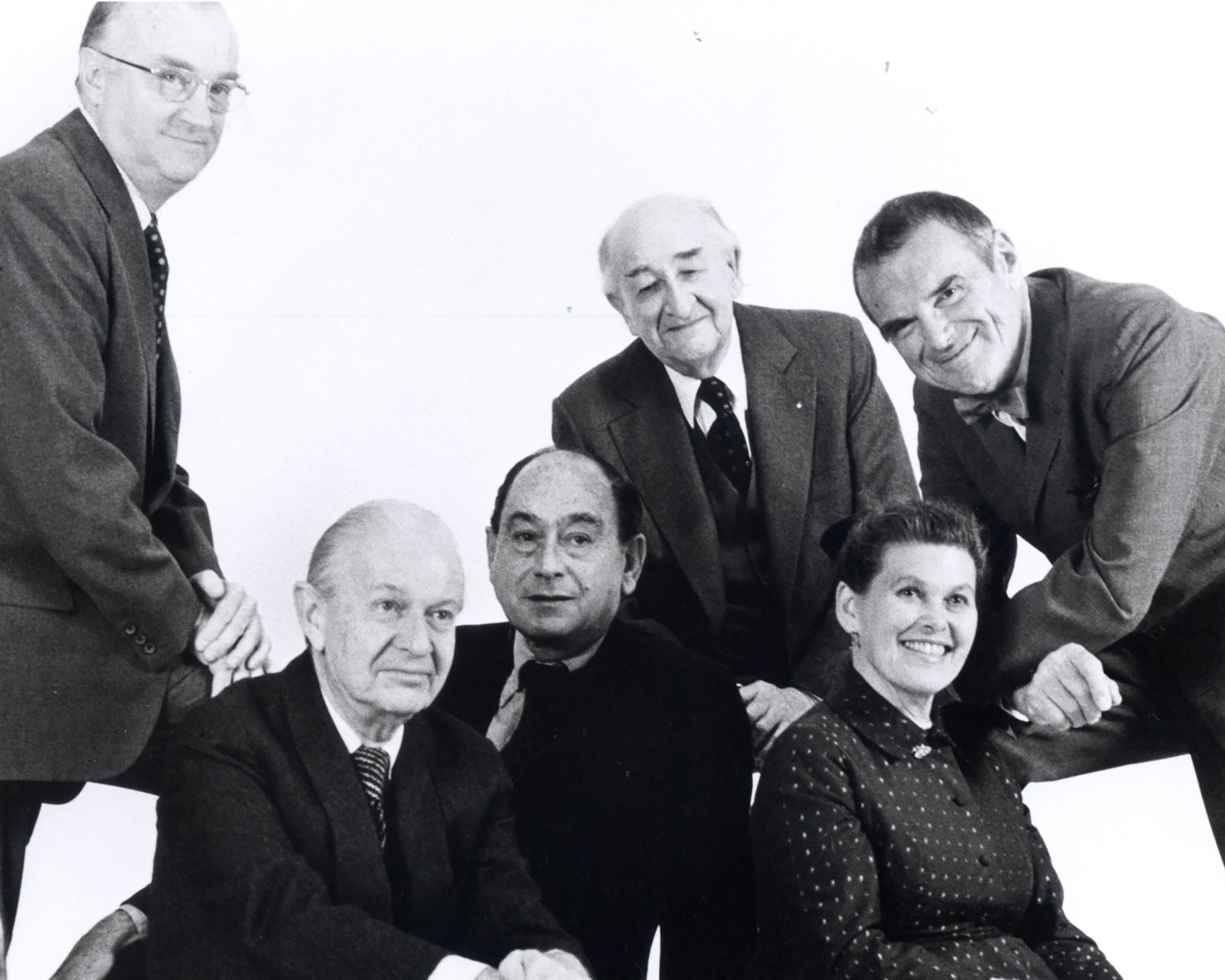
In 1945, he hired the up-and-coming designer George Nelson who released the platform bench in 1946. A year later Nelson helped De Pree recruit Charles and Ray Eames following the exhibition of their groundbreaking moulded plywood furniture.
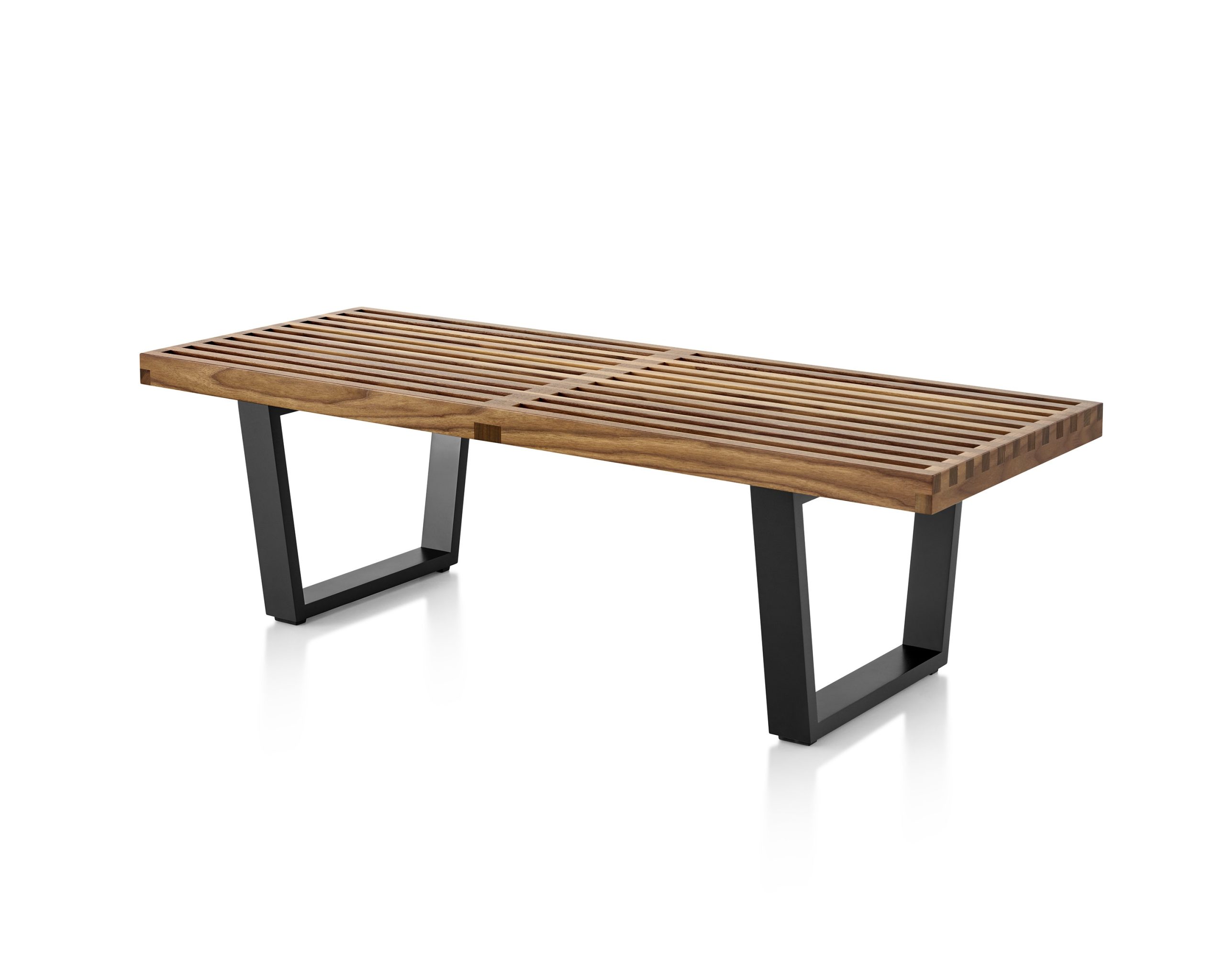
By the early 1950s, the Eames’ research into new materials like fibreglass culminated in the release of the world’s first moulded fibreglass chairs, the popular shell chair still in demand today.
After the success of his platform bench, Nelson went on to design the Marshmallow lounge, as well as his perennially popular range of lights, including the Bubble, Cigar and Saucer pendants.
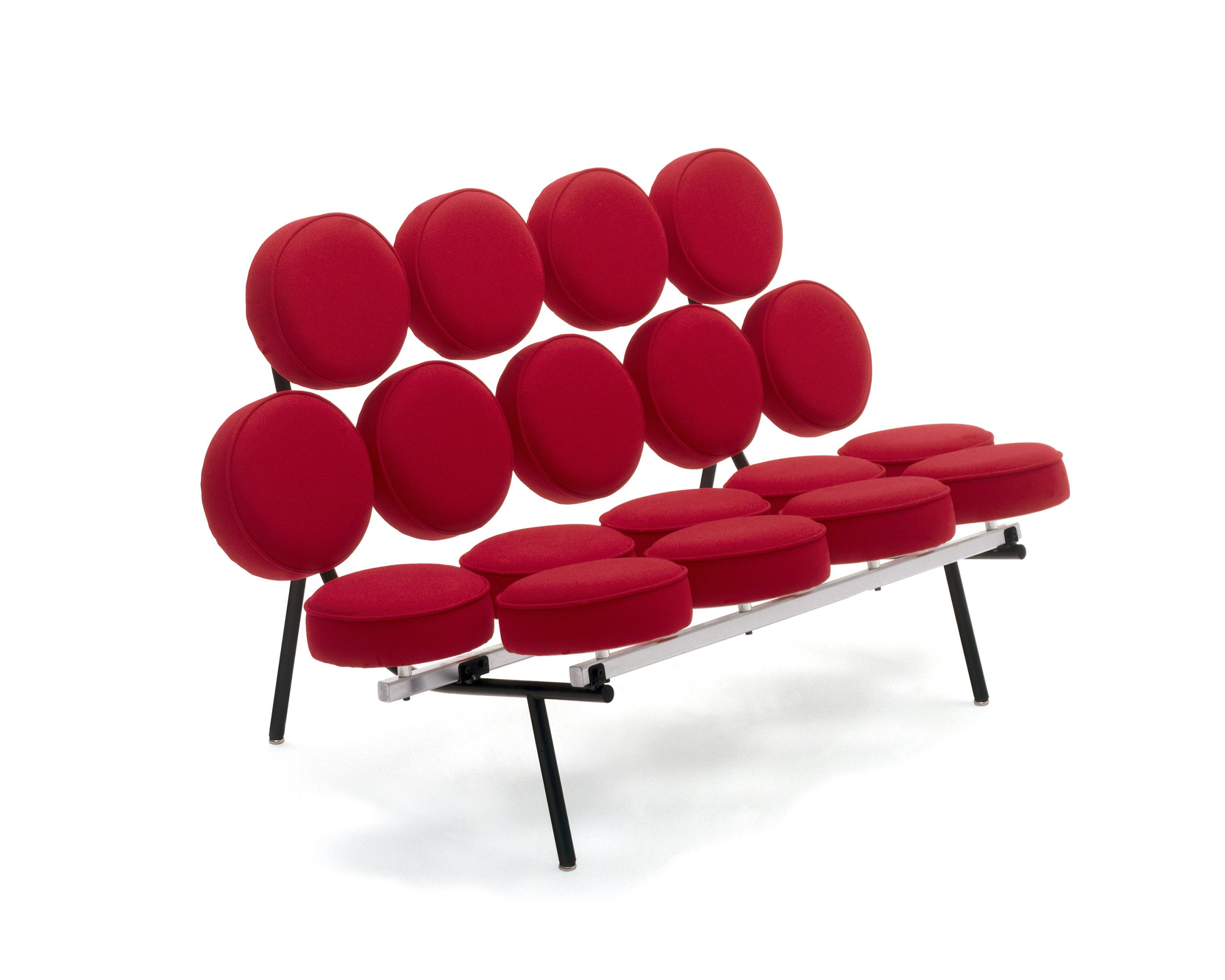
Subsequent designs to hit the market included the Eames Hang it All, with its distinctive ball-shaped hooks, and, perhaps the best known of Herman Miller’s chairs, the Eames lounge chair and ottoman, which took its inspiration from a baseball catcher’s mitt. An instant classic, the chair is now in the permanent collection at New York’s Museum of Modern Art.
Frank Di Giorgio, director at Living Edge, which is the main distributor of Herman Miller furniture in Australia, is the proud owner of an Eames lounge and ottoman, which is on display in the Sydney showroom.
“I bought it in the 70s and it’s one of the most comfortable chairs, although no one’s really allowed to sit in it now because it’s on show,” Di Giorgio says. “It’s a design that gets better with time.”
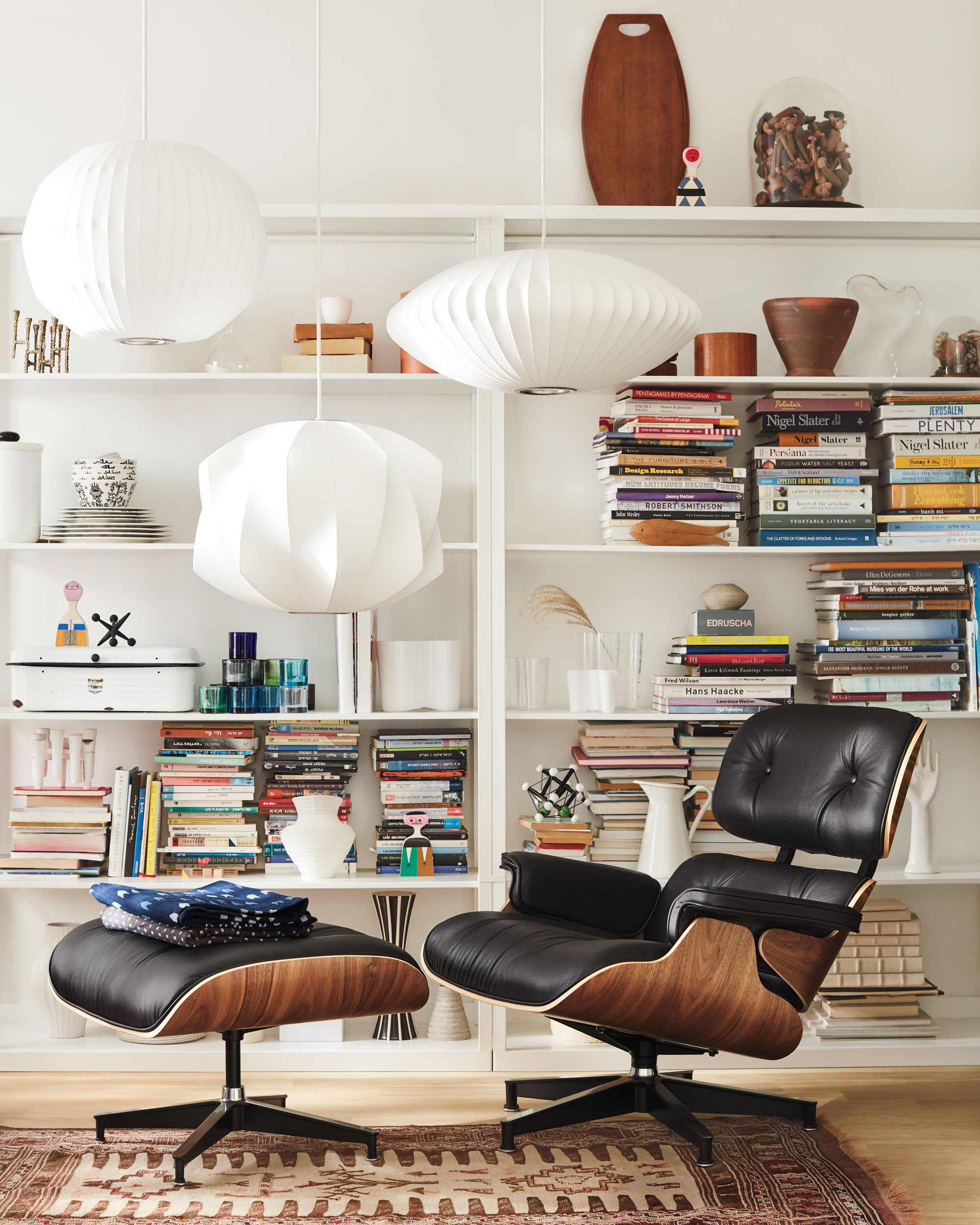
As with all their designs, the lounge chair and ottoman was the result of years of research and design by Ray and Charles Eames. This approach to design is part of the company’s DNA. It is perhaps most evident in the ongoing development of their office furniture systems, initially developed by Nelson and Robert Propst, who joined in 1956. The pair worked together to create the Action Office system of freestanding units. Stumpf joined later, initially working under Propst.
Before the advent of Stumpf’s Ergon chair, released in 1976, there was little to no understanding of the idea of comfort in the quickly evolving world of the modern office.
Based on detailed research into the human body, the Ergon (short for ergonomic) became the blueprint by which all other office chairs were measured in terms of comfort as well as efficiency.
Stumpf later went on to design the hugely popular Aeron chair for Herman Miller in 1994, which has been copied or modified so often that its skeletal frame and stretched mesh body have become synonymous with office furniture and fitouts.
Di Giorgio says the Aeron caused quite a stir when it was released.
“I remember when the Aeron came out and everyone wanted to know where the fabric was because the seat was made only of mesh,” he said. “Now every office chair has a mesh seat. It changed the perception of office chairs.”
Given the sustained popularity of the Herman Miller range now, it’s hard to fathom that several designs, including the Hang It All, the Marshmallow sofa and Nelson platform bench were discontinued in the 1960s. However, they were among a slew of designs reissued in the 1990s as new audiences fell in love with their minimalist, mid century lines. Sadly, with the surge in popularity have come a tsunami of imposters. Di Giorgio says the replica pieces have little in common with the genuine article.
“It’s easy to create a silhouette without understanding what has gone into the product,” he says. “If people want authentic design, they need to understand the product and the trials and tribulations that go into that piece.
“The pieces are not right if the materials are not right.”
He says government legislation in Australia that allows copied designs to be sold as long as they are referred to as ‘replica’ still has a way to go to catch up with other areas of design.
“They don’t let people sell fake Gucci bags but they let (something similar) happen in furniture,” he says. “Even being able to call products by their name with ‘replica’ in front of it is problematic.”
However, he says as the appeal of the Herman Miller range endures, customers are becoming more educated about the design legacy. Indeed, thanks to the growing ‘work from home’ model, demand for a reliable, comfortable office chair is stronger than ever.
“Those new hybrid systems (of working) are not going away and people need to be supported at work and at home,” he says. “Ergonomics is just as important at home, and as we are allowing people to work from home, we need to make sure we support and set them up correctly at home and at work with desk chairs.”
While the upfront cost often puts pieces into the ‘investment’ category, it’s a ‘buy once, buy well’ model that Herman Miller and Living Edge extoll.
“Those chairs have a 12-year warranty because (Herman Miller) stand by their product,” Di Giorgio says. “The sustainability is taken into account as well – they recycle components at Herman Miller.
“You’re still finding a lot of those chairs around.”
That kind of result speaks for itself.
Records keep falling in 2025 as harbourfront, beachfront and blue-chip estates crowd the top of the market.
A divide has opened in the tech job market between those with artificial-intelligence skills and everyone else.
The global architecture studio behind some of Sydney’s most recognisable towers unveils Civic Vision, its first Australian exhibition, celebrating more than five decades of design shaping cities worldwide.
Foster + Partners has opened its first comprehensive exhibition in Australia, Civic Vision, showcasing more than five decades of the practice’s global architectural work.
Staged inside Parkline Place, the studio’s latest Sydney project developed by Investa on behalf of Oxford Properties Group and Mitsubishi Estate Asia, the exhibition highlights the firm’s contribution to civic architecture, urban environments and infrastructure.
Gerard Evenden, Head of Studio at Foster + Partners, said: “We are delighted to be putting on this first-of-its-kind exhibition in Sydney – a city we have been working in for more than 25 years. This is a fantastic opportunity to reflect on our holistic approach to civic architecture, which has underpinned our work since the 1960s, and continues to evolve to meet the challenges of today.”
Partner Muir Livingstone added: “It is a great privilege to showcase the practice’s work in Parkline Place – a project that we have been working on for the past six years – and the new home for our Sydney studio.
“Our projects in the city exemplify the civic and sustainable approach that the exhibition centres on. From our first Sydney project, Deutsche Bank Place, which features a four-storey public plaza at its base, to our work for Sydney Metro, which is transforming the way thousands of people travel across the city.”
The exhibition is organised around three themes – Community + Culture, Living + Working, and Planning + Mobility – and features Australian projects including Deutsche Bank Place, Salesforce Tower and Parkline Place, alongside international works such as the Hong Kong and Shanghai Bank Headquarters, the Reichstag German Parliament, and the soon-to-open Zayed National Museum in Abu Dhabi.
Since the 1960s, Foster + Partners has expanded its approach beyond technological innovation to encompass social and environmental design, producing masterplans for carbon-neutral cities and civic infrastructure that prioritise light, clarity and connection.
Civic Vision runs until 21 December on Level 2 of Parkline Place, 252 Pitt Street, Sydney. Entry is free and forms part of the Sydney Open festival program.
Once a sleepy surf town, Noosa has become Australia’s prestige property hotspot, where multi-million dollar knockdowns, architectural showpieces and record-setting sales are the new normal.
A bold new era for Australian luxury: MAISON de SABRÉ launches The Palais, a flagship handbag eight years in the making.









